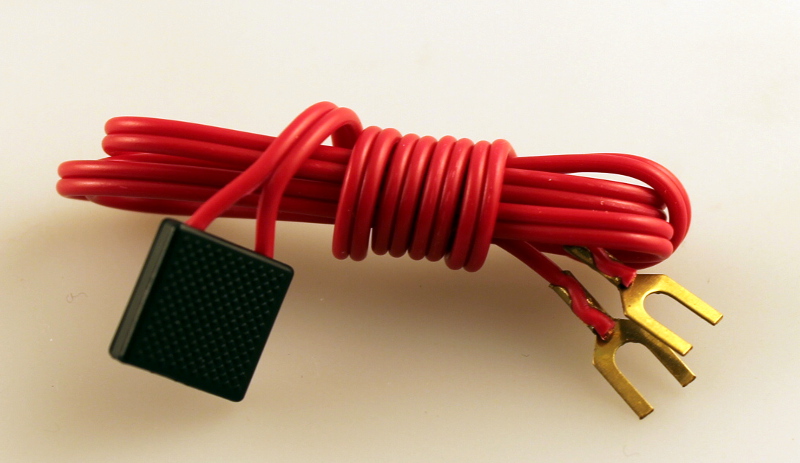Quote from: jward on August 10, 2024, 04:37:10 PMThe biggest problem you have is that you are trying to use steel rail track with DCC. Steel rail is very hard to keep clean, and DCC requires clean rails for an uncorrupted control signal. If you look at the Bachmann catalog you will see that all DCC sets come with nickel silver rail. There is a good reason for this: conductivity is much better with Nickle silver and is requires far less cleaning.So my layout actually consists of a mix of both steel rail and nickel silver (black roadbed & gray roadbed), the reason being I originally started with a DC starter set over 4 years ago and gradually expanded my layout, and switched to DCC just under 3 years ago. I kept using the original track I had, and bought more over time in both varieties, depending on availability (i.e. some pieces of track were only available in the nickel silver version). I'd say roughly 1/3 to 1/2 of the track I have is nickel silver, but at this point it might not be sensible to replace all the existing steel track (not to mention that the same problems could occasionally occur on nickel silver track as well).
That you disregarded recommendations of the manufacturer by going the cheap route with steel rail, then trying to run DCC on that track in no way means that the control system is at fault. If you want things to work right, you have to design and build your layout using the recommended components. That you did not do so is YOUR fault, not the manufacturers.
Quote from: jward on August 10, 2024, 04:37:10 PMExacerbating your problem is the short wheelbase locomotive running over a switchpoint that's making intermittent contact. A longer wheelbase locomotive would help solve the problem as it would bridge the dead spot better. My solution in a situation like this is to solder a feeder wire to the dead switchpoint, but that is impossible to do with steel rail.I've also figured that could've been a problem, which only highlights another deficiency of the 2-rail power system, as ideally any trains should be able to run anywhere without issue. I've thought about possibly wrapping foil around parts of the dead switchpoints to reduce the electrical gaps (basically the opposite of applying nail polish), but that could exacerbate other problems like causing shorts.
Quote from: jward on August 10, 2024, 04:37:10 PMA third problem appears to be the wheels are coming in contact with the cross rails at the crossing. this bridges the two separate circuits I assume you are using on this crossing as you referred to using two different autoreverse units. Your wheels are completing a circuit between the two autoreversers as they are wider than the insulated parts of the rail at the crossing. A simple solution is to paint the rail metal rails at the crossing with clear nail polish, just enough so that the autoreversers don't trip.Based on the position of the train's wheels at the crossing, I really don't see how it could bridge the circuits, as all the wheels are either touching the live rail they're rolling on, or the dead plastic switchpoint, and are clearly not touching the intersecting track's live rail (the insulated gaps prevent that, as they're supposed to). In fact, I've found that the wheels on that particular car are slightly too narrow out of gauge (checked using the NMRA gauge tool) which would also explain why they'd short out at the turnout exiting the reverse loop.
It's odd though that even with 2 independent circuits for the reverse loops, they do appear to switch polarity at the same time, even if only 1 of the circuits is flipped, and attempting to flip only one at a time (by keeping the other one constant by bridging one of the insulated gaps) would just short out and reset the layout.
Quote from: jward on August 10, 2024, 04:37:10 PMAs for battery powered dead rail. Yes it is a solution, but it is expensive and a pain to install. Two rail power is a time tested method of controlling the trains, in widespread use longer than most of us have been alive.While retrofitting existing 2-rail powered trains with batteries and remote control operation may be too difficult, I don't see why they couldn't be built that way to begin with, since lot's of battery-powered remote-controlled gadgets do exist (toy cars, drones, etc), which I find hard to believe is more difficult to implement than a 2-rail layout requiring complicated wiring for things like reverse loops, etc.

